Message of peace: Cross-border lessons
Pakistani students cross the border to meet and interact with their Indian counterparts
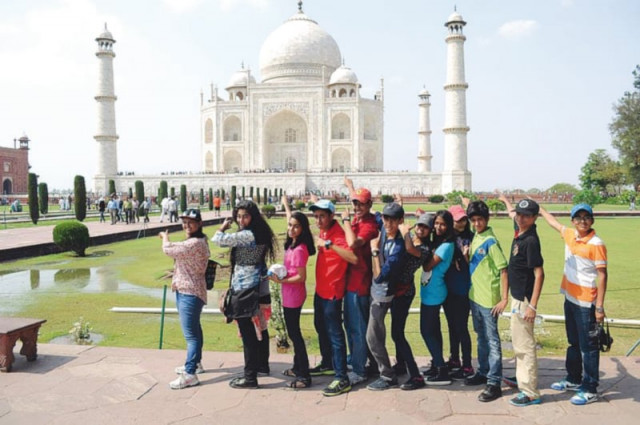
Message of peace: Cross-border lessons
The student exchange programme, part of the school’s partnership with regional schools in India, Sri Lanka and Bangladesh, took a group of 12 students to Delhi, Ajmer, Agra and Jaipur earlier this year. In 2012, students from Ajmer’s Mayo College for Boys had visited Karachi on a similar exchange fellowship. The aim behind both programmes, however, was similar — to strengthen ties between two nations that remain inextricably connected through a shared history and culture.
The two-week long excursion started from Delhi, an appropriate choice since the city is replete with historical structures that tell tales of a princely past. The first stop was the Sound and Lights show at the Delhi Fort — a one-and-a-half hour extravaganza of historic buildings bathed in hues of red, blue and orange, coupled with melodies of harem occupants, unknown lovers, fighting princes and war bugles from several dynasties — where they were reminded of a bygone era when kings ruled, eunuchs acted as chamberlains and harem members plotted palace intrigues.
While the show was based on Delhi’s history, from the time of the sultanate, when the present capital first rose to fame on the geopolitical map of the subcontinent, to the coming of the British Raj and the subsequent freedom struggle, its missing chapters on the Partition of the subcontinent and Jinnah were fairly obvious. But that history is a double-edged sword and is often moulded to suit the interests of those writing it, was a valuable lesson in itself.
The next stop was Jamia Mosque, India’s largest mosque that can accommodate nearly 30,000 people. Here, students climbed the innermost minaret and saw Delhi in all its glory, from its squatter huts to the sprawling lush gardens. Later, at Raj Ghat, where Gandhi was cremated, they paid their respects to one of the most influential South Asian leaders in modern history and continued their journey to the Qutb Minar.Built by Qutbuddin Aibak in 1192, the imposing structure celebrates Muhammad Ghori’s victory over Prithiviraj at Panipat. Situated in the minar’s precincts, is the Quwwatul Islam mosque, which betrays the historical fact that Aibak employed the columns and blocks of various Hindu and Jain temples to complete the structure.
Delhi’s history, fortunately, is as approachable as its people. At the Durgah of Nizamuddin Aulia, Goldie, a turbaned Sikh driver from Amritsar, Punjab, shared the everyday problems Indians face. “Had it not been for the politicians, India would have prospered,” he said. “Pakistan and India would have been much closer too.”

Mayo College, Ajmer, where the Pakistani students spent a week with their Indian counterparts. PHOTOS: TAIMUR ARBAB
And while in Ajmer, where the students were stationed for a week at the Mayo College — a replica of Aitchison College in Lahore that has produced many of India’s leading statesmen, generals and bureaucrats — they got an actual glimpse of what peace between the two countries would look like. Sharing classes and meals with students from all across India and participating in the Mayo College Girls’ School (MCGS) Model United Nations debate also enabled a healthy exchange of opinions.
Major General Kanwar Vijay Singh Lalothra, principal of the college, who originally belongs to Shakargarh in West Punjab, which later became part of Pakistan, narrated how his family had been uprooted in the chaos that enveloped the subcontinent after the Partition. His personal account was a reminder of sacrifices made by the older generation on both sides of the border.

Raj Ghat, Delhi — Gandhi’s cremation site. PHOTOS: TAIMUR ARBAB
After receiving Ajmer’s message of peace, the students travelled to Jaipur, the capital of Rajasthan, to view the finest of Rajput structures and then proceeded to Agra to visit India’s white wonder, the Taj Mahal.
As anyone who has travelled extensively will tell you, there can be no better lesson in history than seeing a place for yourself or having a heartfelt conversation with a local over a meal. Stereotypes are broken and lifelong friendships are born. But most importantly, through exchange trips like these, students are exposed to the possibility of a future that is significantly different from the history they are often taught — one based on peace, mutual respect and cooperation.
Taimur Arbab is a Sociology teacher. He tweets @arbab333
Published in The Express Tribune, Sunday Magazine, August 24th, 2014.








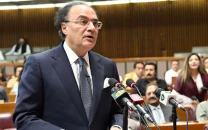
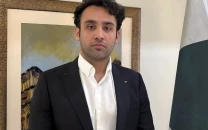
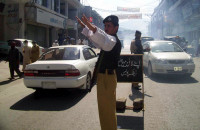
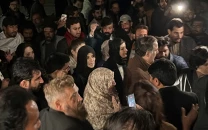







COMMENTS
Comments are moderated and generally will be posted if they are on-topic and not abusive.
For more information, please see our Comments FAQ